All Posts
-
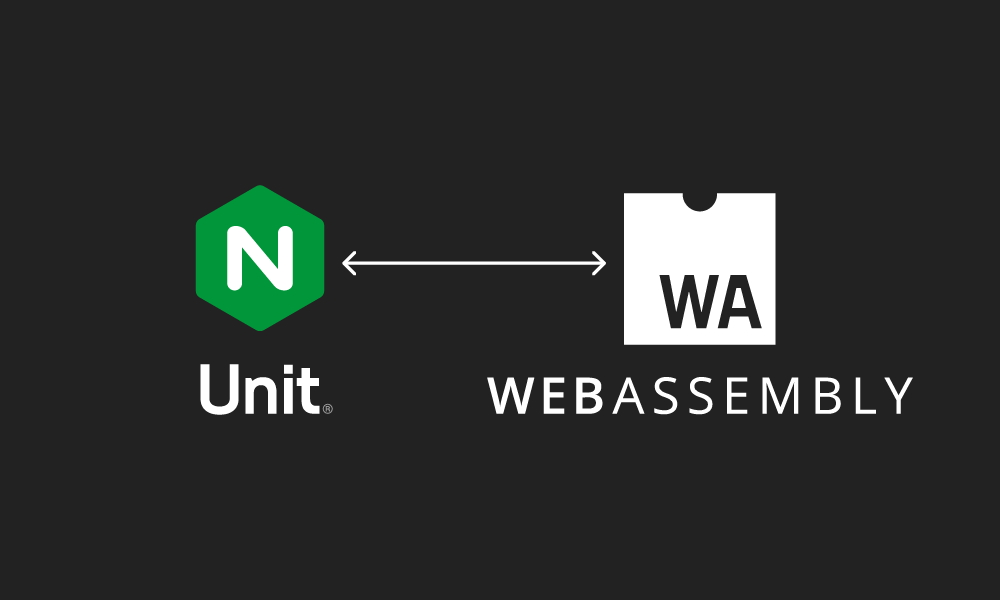
Server-Side WebAssembly with NGINX Unit
The NGINX Unit WebAssembly module “technology preview” showcases the potential for server-side Wasm while providing a lightweight server for running web applications.
-
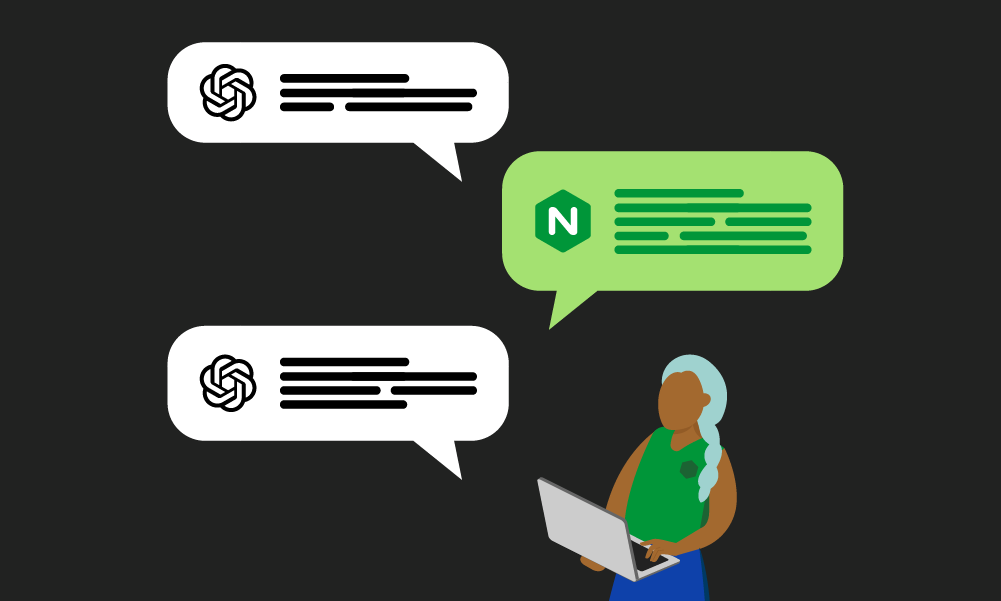
NGINX Chats with ChatGPT and Gets Mixed Results from the Hottest Bot du Jour
ChatGPT, an AI-based “conversational” chat bot, has taken the world by storm. We ask it questions about NGINX and rate its answers for accuracy. The results are mixed.
-

2022 NGINX State of App and API Delivery Report
In our 2022 survey report, we explore the current state of the NGINX community when it comes to app and API delivery practices, technologies, and challenges.
-

A Deeper Dive into WebAssembly, the New Executable Format for the Web
We predict WebAssembly will be a major force in the future of adaptive apps because of features like multi-language support and fast load times.
-

These OSS Projects Will Be the Next Big Thing
For developers and DevOps, the future is now. Identify the technologies that will change your world.
-
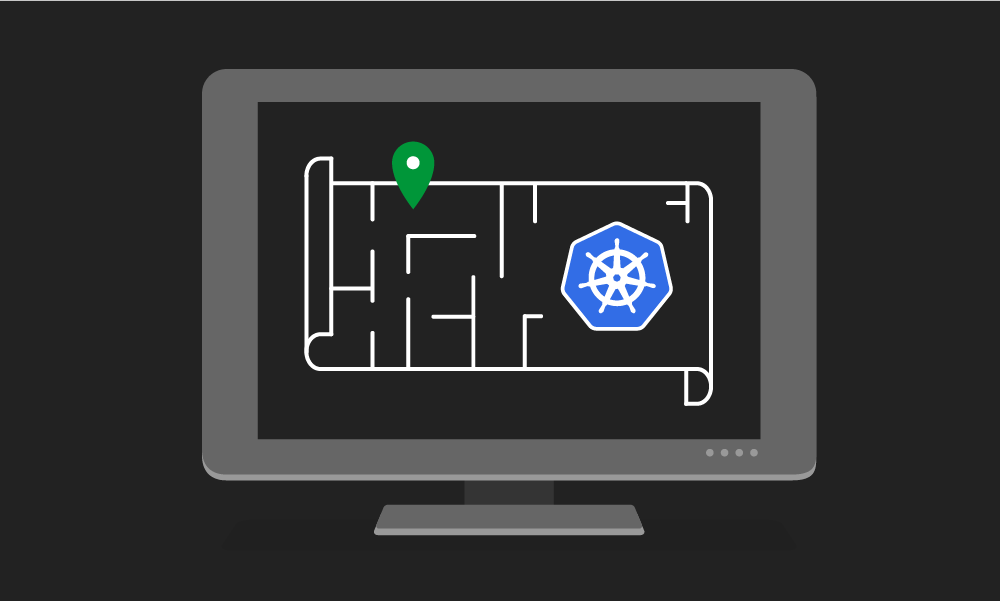
Three Steps for Starting Your Cloud-Native Journey with Kubernetes
The journey to cloud native doesn’t happen overnight. Learn how Kubernetes and NGINX can help as you start moving from monolithic to microservices-based apps.
-
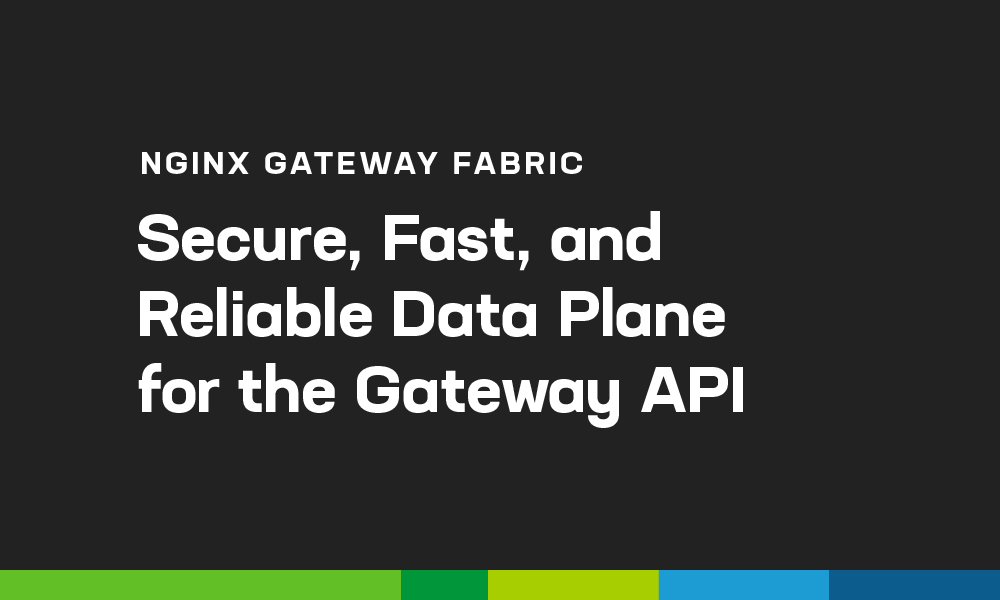
5 Things to Know About NGINX Gateway Fabric
Discover NGINX Gateway Fabric, our latest innovation for Kubernetes! Learn how this major release aligns with the Kubernetes Gateway API to enhance and standardize service networking.
-

How OpenTelemetry Is Changing the Way We Trace and Design Apps
OpenTelemetry is paving the way for Observability 2.0 by correlating the traces produced by distributed apps. By applying AI and ML to the data it produces, we can speed our journey to truly adaptive apps.
-
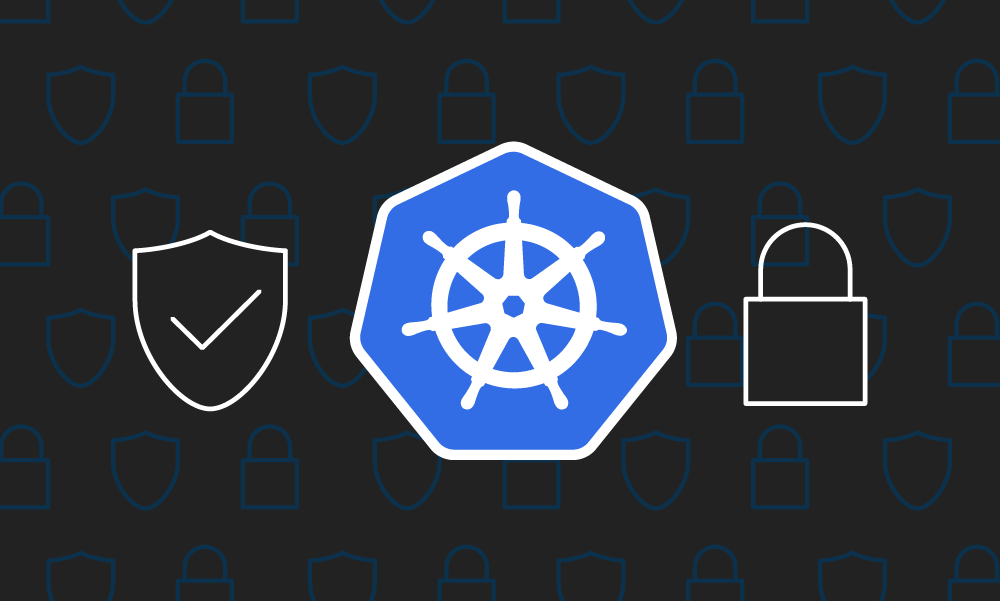
Seven Guidelines for Implementing Zero Trust in Kubernetes
More and more organizations, including the U.S. government, are recognizing the need for Zero Trust security. ZT is particularly important for distributed environments like Kubernetes. Follow our seven practical guidelines to implement ZT more easily and effectively.
-
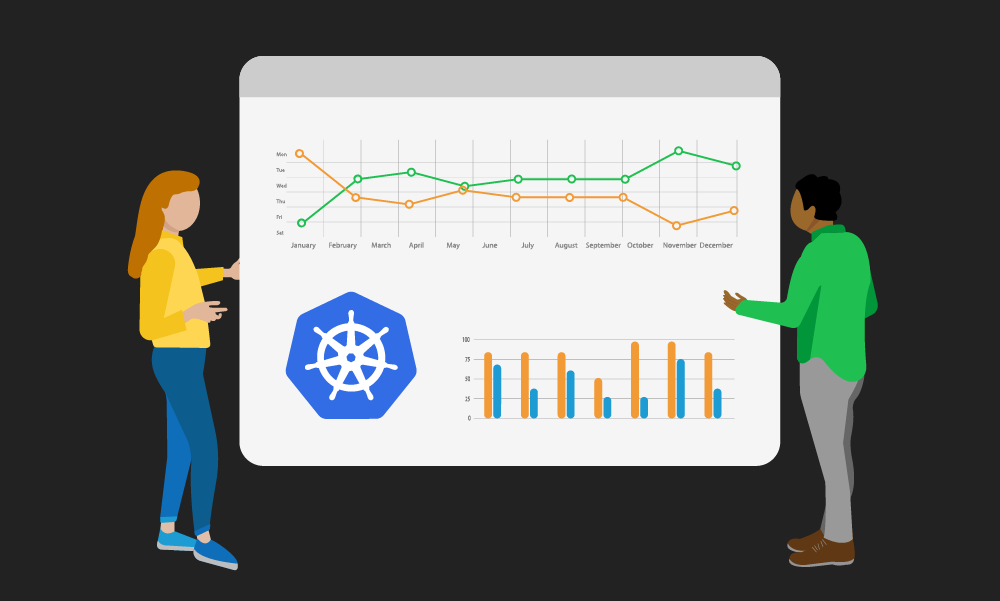
Lessons from the 2021 NGINX Survey: Your Kubernetes Adoption Journey
Our 2021 survey of the NGINX community reveals that two-thirds of you are using Kubernetes in production or planning to deploy within a year. But you’re also concerned about your level of knowledge and the complexity, security, and scalability of Kubernetes itself.
-

Do Svidaniya, Igor, and Thank You for NGINX
With profound gratitude for his contributions to both F5 and the Internet at large, we announce that Igor Sysoev, author of NGINX and co-founder of NGINX, Inc., is retiring to spend time with friends and family and work on personal projects. Спасибо, Игорь.
-
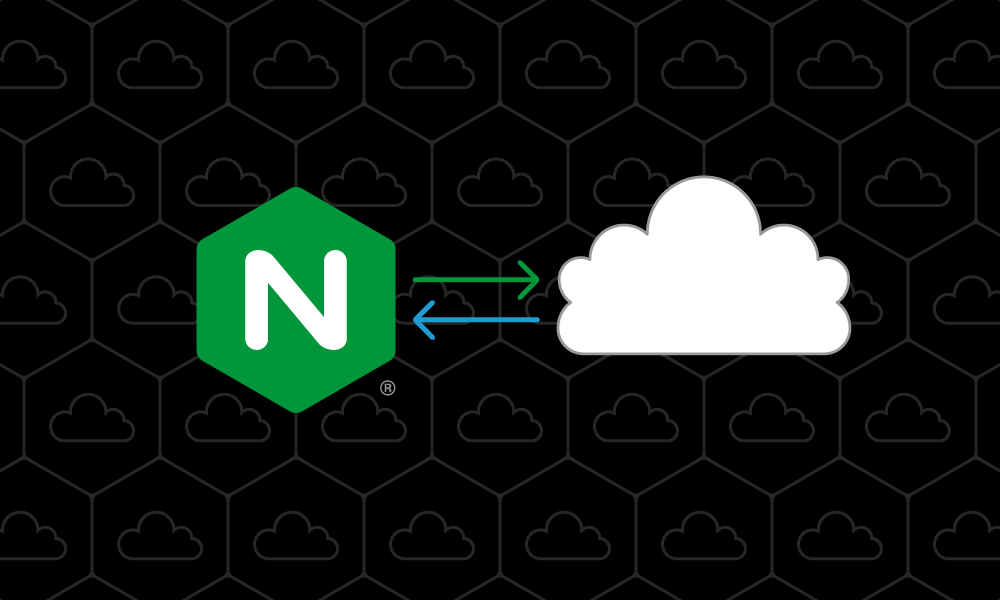
Using NGINX as an Object Storage Gateway
Deploying NGINX as a caching reverse proxy in front of Amazon S3 and S3-compatible object stores has two benefits: NGINX caches requests to your object store and prevents unwanted discovery of its contents. Get complete installation and configuration instructions.
-
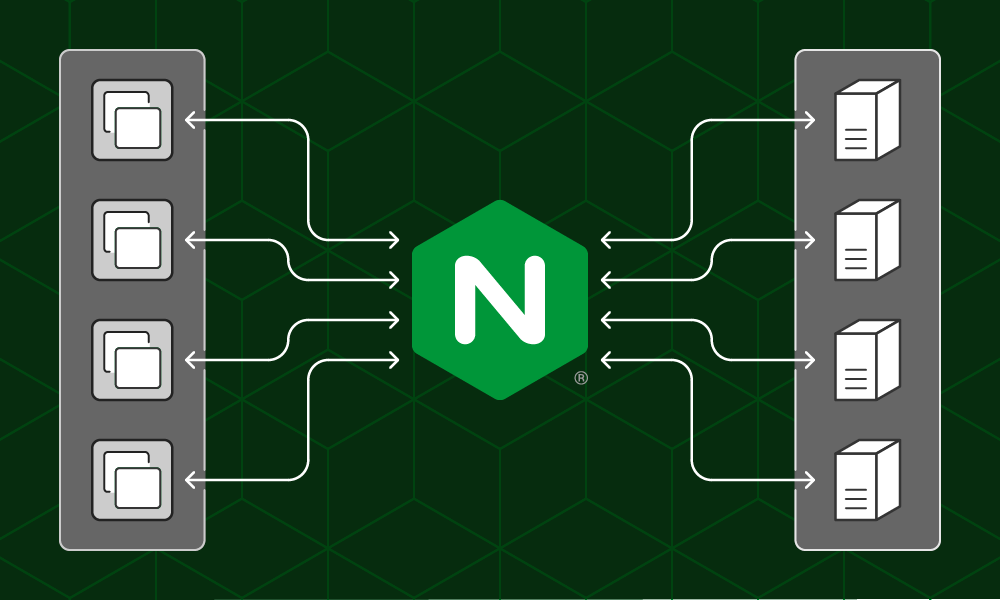
Comparing NGINX Performance in Bare Metal and Virtual Environments
We compare NGINX performance in bare-metal and virtualized (hypervisor) environments, finding a small but measurable performance cost for hypervisors. We also find that performance in Kubernetes environments is worse for network-bound but not CPU-bound operations.
-

Defining a Modern App
What exactly do we mean when we talk about “modern apps”? We describe four key features that we believe an app must have to be modern — scalability, portability, resiliency, and agility — and six principles to guide development of your own modern apps.
-
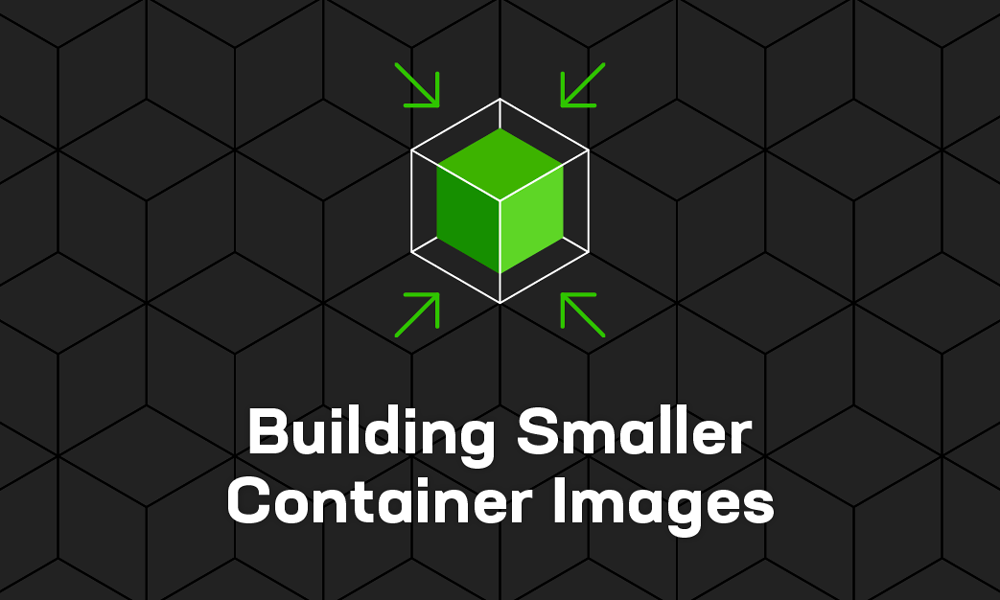
Building Smaller Container Images
Small is beautiful when it comes to containers in test and dev environments: they take less time to build, use less memory, and have a smaller attack surface. We explore tools and provides instructions for building images that are a small as possible.
-
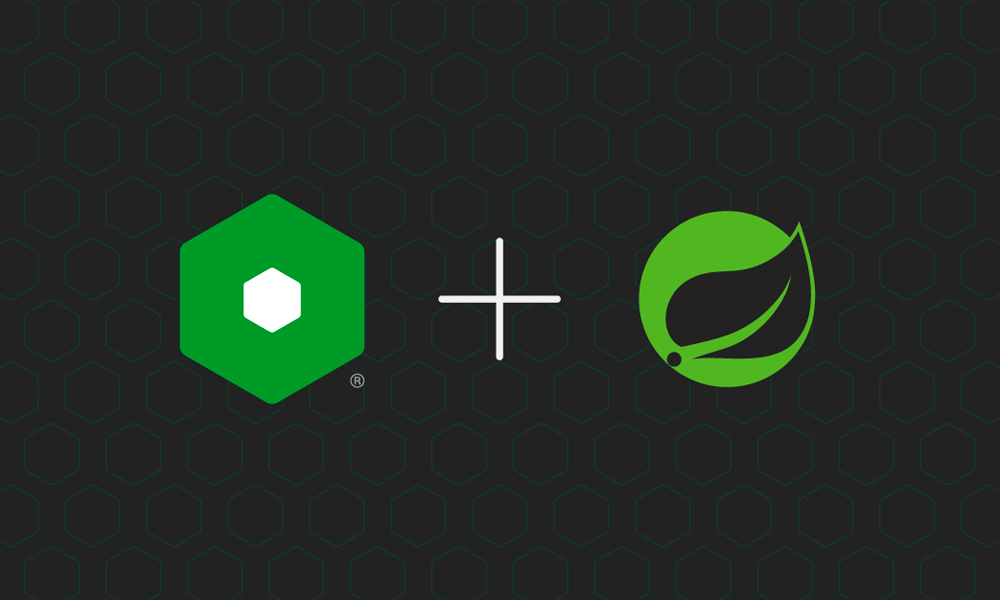
Running Spring Boot Applications in a Zero Trust Environment with NGINX Unit
NGINX Unit makes supporting HTTPS simple and completely application-agnostic, because encryption is applied at the level of the listener, not the application. No need to dig into language‑specific details! In this blog we illustrate HTTPS configuration for a Spring Boot application.
-
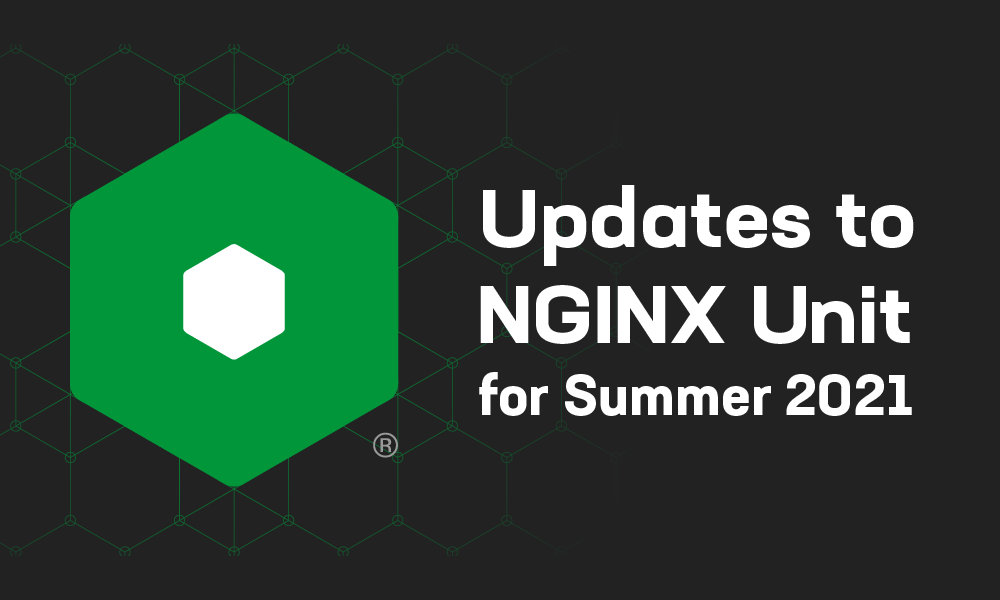
Updates to NGINX Unit for Summer 2021
NGINX Unit 1.23.0 and 1.24.0 introduce support for the SNI extension to TLS, definition of OpenSSL configuration commands, MIME filtering and path restrictions for static content, and multiple Python scripts in one app. Also, you no longer need to modify Node.js apps to run them in Unit.
-
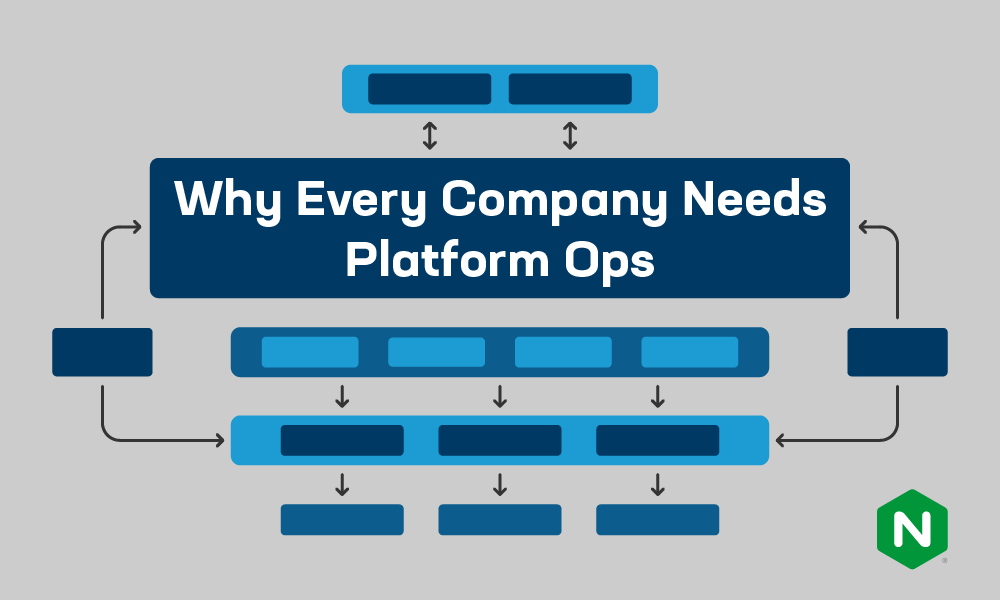
Why Every Company Needs Platform Ops
Not just another variant in the ever-growing set of “X-Ops” practices, Platform Ops is a way to balance developer freedom and corporate compliance for technology teams across the enterprise, helping you achieve digital transformation with the right blend of shifted left and buttoned down.
